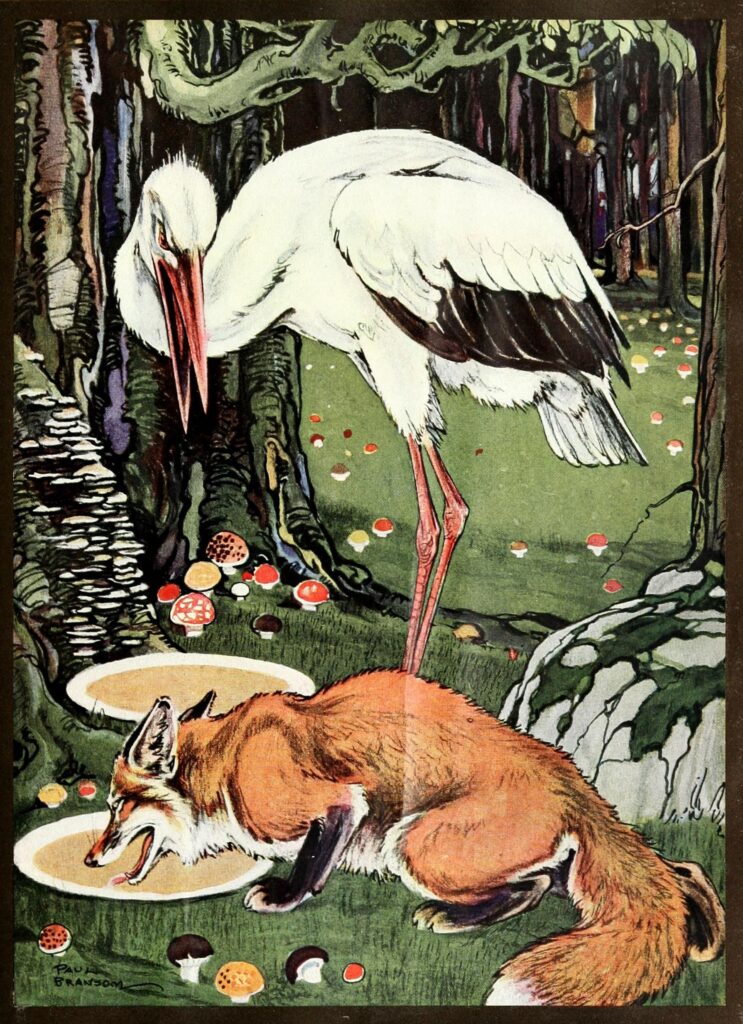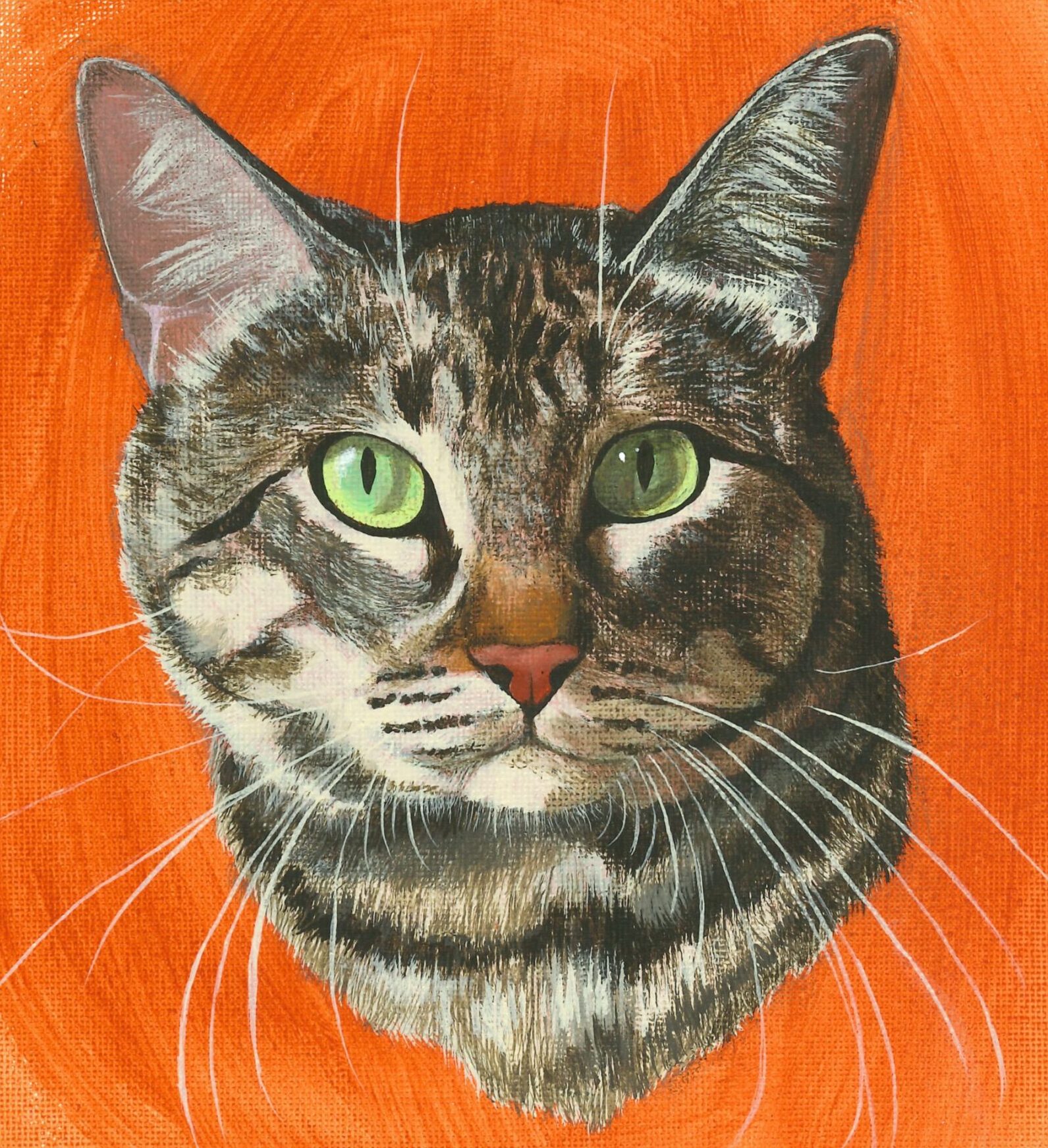
Paul Bransom was very influential to the society of animal artists that developed around him. In New York, he spent all his free time at the Zoological Park sketching the animals and learning all the ways in which they moved and behaved. Eventually, a studio was built and given to him in the lion house at the Zoological Park. The owner here had a lot of interest in art and the renderings of animals and he thought that illustrators could capture their essence and keep them alive even if they went extinct, and he thought that illustrators could do this much better than any photographer. I feel it necessary to mention that Paul Bransom, at 42 years of age, well into his career as an animal artist, did not consider himself an outstanding wild-life artist at all, and in fact thought very little of himself. He did not really have confidence in his pieces, and yet he had enough confidence in his methods to carry through and finish illustrations in 40 books as well as some magazines. His failure to see himself as an outstanding wild-life artist and his belief that no one would be able to find anything useful out of the things he said is baffling to me and apparently to some others as well:
“He has done more than many conservation measures to protect animals, for he makes us understand and love them, and what we love we do not destroy. That is the greatness of Paul Bransom; he makes us forget his art and remember the animals he draws. And that we do must please him, for he loves animals as most others love only man. –Dorothy P. Lathrop, “Paul Bransom,” The Horn Book, May-June, 1940, p. 196.” http://employees.oneonta.edu/farberas/arth/Bransom/in_his_own_words.html
